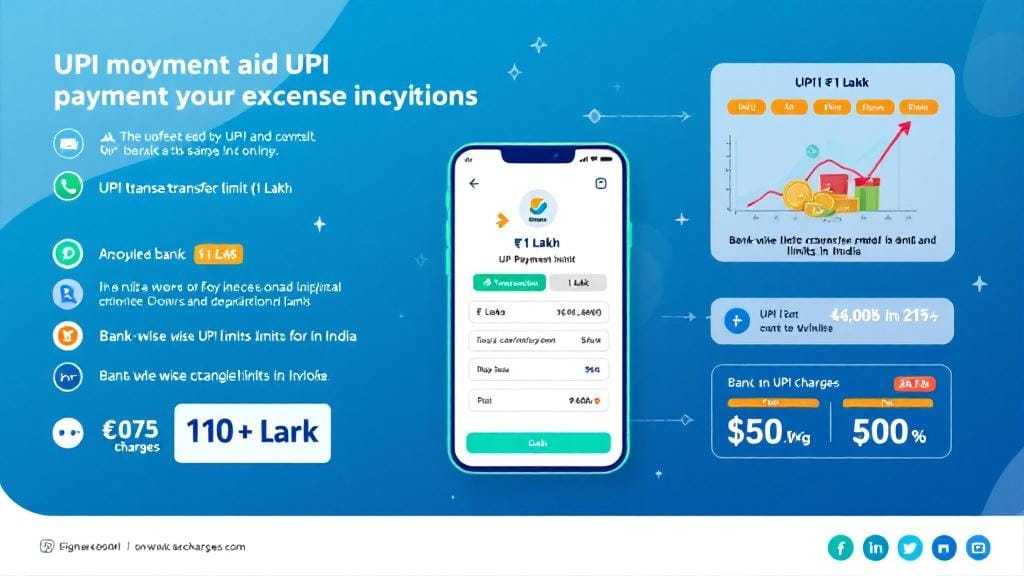Price action trading is one of the most powerful methods for analyzing the financial markets. Whether you’re a beginner looking to understand the basics or an experienced trader aiming to refine your skills, this guide will walk you through everything you need to know about Price movement trading strategies, patterns, tools, and techniques. In this article, we’ll dive deep into Price movement trading and how you can leverage it for better decision-making in the market.
What is Price Action Trading?
Price action is a method of analyzing market behavior based on the historical price movements of an asset. Unlike indicators or oscillators, Price movement trading is purely focused on the raw movement of price on charts without relying on external tools or algorithms. It aims to help traders identify potential market trends, breakouts, reversals, and entry points by studying price behavior in real-time.
When using price action as a strategy, traders focus on chart patterns, candlestick formations, support and resistance levels, and trend lines. All of this is done to predict future price movements based on historical data.
Key Components of Price Action Trading
1. Price Action Patterns
Price action patterns are formations on the price chart that signal potential market movements. By identifying these patterns, traders can develop strategies for entering or exiting positions. Some common price action patterns include:
Candlestick Patterns: These include common formations such as Doji, Engulfing, and Hammer patterns, which provide signals about the market’s potential direction.
Chart Patterns: Head and Shoulders, Double Top, Double Bottom, and Triangles are popular chart patterns used to predict future price action.
2. Price Action Strategy
A well-thought-out price action strategy revolves around understanding the market’s current condition and leveraging it for profitable trades. It is essential to combine various price action elements such as trends, support and resistance, and candlestick patterns to formulate a complete strategy.
Some popular price action trading strategies include:
Trend Following: This strategy involves trading in the direction of the trend. Traders use price action to identify strong trends and wait for pullbacks to enter positions.
Breakout Strategy: When the price breaks through key support or resistance levels, traders enter positions expecting the breakout to continue.
Reversal Strategy: This strategy focuses on spotting trend reversals at key levels, like support or resistance, using price action signals such as candlestick patterns or chart formations.
3. Price Action Trading System
A Price movement trading system is a set of rules that a trader follows to make decisions on when to buy or sell. The system might include rules for:
Entry points: Identifying where to enter the market based on patterns like a bullish engulfing or breakout.
Exit points: Determining when to exit a trade, either when the market reaches a predefined profit target or shows signs of reversal.
Risk management: Setting stop-loss levels based on support or resistance zones to limit potential losses.
Price Action Indicators
While price action trading relies mostly on price behavior, some traders still use a few indicators to confirm their analysis. Here are some common price action indicators:
Moving Averages: Moving averages are often used to smooth price action and help identify the overall trend. A common strategy is the crossover of short-term and long-term moving averages.
Volume: Price action paired with volume can help traders determine whether a trend is gaining strength or likely to reverse.
ATR (Average True Range): ATR helps measure market volatility, providing insights into how much price movement is typical for a particular asset.
Essential Price Action Techniques
Mastering price action requires a solid understanding of various techniques that can help you analyze charts and predict market movements.
1. Support and Resistance Levels
Support and resistance are crucial price action tools used to define areas where the price has historically struggled to move past. These levels indicate the likely direction of price movements:
Support: A price level where the market tends to find buying interest. It’s often seen as a floor for the price.
Resistance: A price level where selling pressure is likely to emerge, acting as a ceiling to upward movement.
Traders use support and resistance levels to set entry and exit points.
2. Trend Analysis
Price action trading is heavily reliant on trend analysis. The basic principle is: “The trend is your friend.” There are three main types of trends:
Uptrend: Higher highs and higher lows.
Downtrend: Lower highs and lower lows.
Sideways Trend: No clear upward or downward movement.
Identifying trends is key for price action traders as they enter trades based on the direction of the market.
3. Candlestick Analysis
Candlestick patterns provide vital information on market sentiment and potential price movements. A few candlestick patterns that price action traders look for include:
Bullish Engulfing: This pattern suggests a potential reversal to the upside.
Bearish Engulfing: This pattern indicates a possible reversal to the downside.
Pin Bar: A reversal pattern that suggests a change in market sentiment.
4. Breakout Patterns
Breakouts occur when the price breaks through a significant support or resistance level, signaling the start of a new trend. Popular breakout patterns include:
Triangles: Ascending, descending, and symmetrical triangles are common chart formations that often result in breakouts.
Rectangles: When the price is trading in a range and then breaks above or below the range, a breakout occurs.
Price Action in Forex
Forex price action is the study of price movements in the foreign exchange market. Price action trading in Forex often focuses on trends, breakouts, and reversals. Here’s how price action is applied to Forex:
Currency Pairs: The Forex market consists of currency pairs, where the price of one currency is measured against another. Forex traders use price action to determine the strength or weakness of a currency pair.
Market Sentiment: Price action helps identify shifts in market sentiment, indicating whether a currency is likely to strengthen or weaken.
Risk Management: Price action strategies, when used effectively, help manage risk by providing clear entry and exit points, which is crucial in the highly volatile Forex market.
Tips for Effective Price Action Trading
Here are some tips to help you make the most out of Price movement trading:
Start Simple: If you’re new to Price movement trading, start by focusing on basic patterns such as candlestick formations and support/resistance levels.
Avoid Overcomplicating: Price movement trading doesn’t need a bunch of indicators or complicated systems. Focus on price and develop your skills gradually.
Patience is Key: Price movement trading requires patience. Wait for clear patterns and confirmations before entering a trade.
Practice on Demo Accounts: Before applying price action strategies with real money, practice on a demo account to refine your skills.
Price Action Entry Points
Entry points in price action trading are based on various factors, including:
Breakouts: When the price breaks through a key support or resistance level, it often presents an entry point.
Trend Continuation: After a pullback within an established trend, entering at a retracement level can offer a favorable risk-to-reward ratio.
Reversal Patterns: When the price forms reversal patterns near support or resistance, it can signal an opportunity to trade in the opposite direction of the trend.
FAQs on Price Action Trading
1. What is the best price action strategy for beginners?
For beginners, the best price action strategy is to start with trend-following techniques and simple candlestick patterns like Doji and Engulfing. Focus on recognizing market trends and support/resistance levels before moving on to more complex strategies.
2. How do you identify a price action breakout?
A breakout occurs when the price moves beyond a key support or resistance level with significant momentum. You can spot a breakout by looking for a strong, sustained move that is accompanied by volume, signaling that the price will continue in the breakout direction.
3. Is price action better than technical analysis?
Price action and technical analysis often work together. Price action focuses on the raw price movement, while technical analysis uses indicators and tools to support that movement. Many traders use both for a comprehensive approach.
4. Can price action be used in Forex trading?
Yes, price action is widely used in Forex trading. Forex traders use price action strategies to analyze currency pairs, spot trends, breakouts, and reversals, making it a highly effective method for trading in the Forex market.
5. How can candlestick patterns improve my price action trading?
Candlestick patterns provide insights into market sentiment and potential price direction. Patterns like the Pin Bar and Engulfing patterns help traders make better decisions on when to enter or exit trades, especially in volatile markets.
6. What tools can I use to improve my price action analysis?
Traders can use charting software like MetaTrader or TradingView to analyze price movements and patterns. These platforms provide advanced charting tools, drawing capabilities, and real-time price data to enhance price action analysis.








Comments (0)